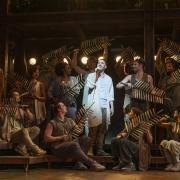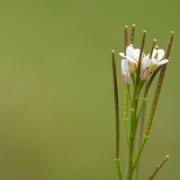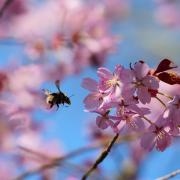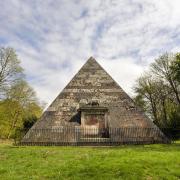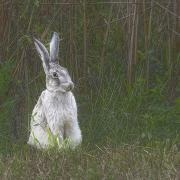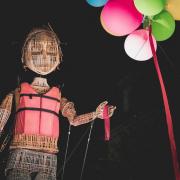In a converted barn near Blickling some of Britain’s most precious textiles are regaining lost lustre

Tapestries created for the grandest mansions in the country and a bedspread fit for a king, ruby red and spangled with gold and silver, are being coaxed back to their former glory by world-class experts. In converted farm buildings in a tiny Norfolk hamlet a team of women delicately brush and clean, dye and stitch and patch.
Centuries of wear and tear are gently washed away, and sections which have frayed and decayed are repaired.
On one huge table a vast expanse of deep red silk-on-linen is laid out. It is stitched with cloth-of-gold and cloth-of-silver and studded with silver sequins.

When new it would have shimmered spectacularly. When it arrived in Norfolk it was dull with decades of dust and corrosion. Now it has had perhaps its first wash in centuries and experts are working, square centimetre by square centimetre, across the 400-year-old bedspread. Later this year it will go back to the Kent mansion where it has spent almost all of the past 400 years. Making up the historic bed, fitting the delicate curtains and covers, bedpost covers and valences back in place, will be the final painstaking part of a 16-year project for staff at The Textile Conservation Studio in Oulton Street, near Aylsham.
The studio is the National Trust’s national centre for fabric conservation. It takes in material from National Trust properties all over Britain, as well as historic items from museums and private collections. It was launched in nearby Blickling Hall more than 40 years ago when Pamela Clabburn, the Norwich woman who became a world expert on the Norwich shawl industry and textile conservation, set up a conservation studio. She had just retired as curator of Strangers Hall Museum in Norwich, and also founded the Costume and Textile Association, which still champions the impressive costume and textile collection held by the Norfolk Museums Service and celebrates its 30th anniversary this year.
Pamela started with a table, a lamp and a group of talented volunteers. Today the studio has high-tech facilities for storing, cleaning and restoring textiles from all over the country, and is staffed by international experts.
Studio manager Maria Jordan began her career as a stockbroker, but had always loved sewing and embroidery and retrained in her 30s as a conservation specialist. She arrived in Norfolk after 16 years working at the royal palace of Hampton Court in London. With family from Norfolk she said it was like coming home – although she spends a lot of her time travelling to assess textiles in National Trust houses across the country.

Her team of 12, based in Norfolk, has an overview of the almost 100,000 individual textile items looked after by the National Trust. “It’s the most extraordinary collection and each property you go to has its own story. It’s an absolute privilege to work with them. Each one feeds into the history of the nation,” said Maria.
Only the largest and highest priority projects come here. Some can take years to complete.
The spangled counterpane, laid out on a vast table in the main ground-floor room, is part of a 16-year project to restore two state beds from Knole in Kent, one of which was commissioned for King James II in the 1680s.
The spangled counterpane for the 1621 bed is one of 23 matching pieces of material which have been slowly transformed from grey to glittering glory at the Norfolk studio.

In another room a technician is matching specially-woven material and yarn for a set of historic upholstered chairs. She arrived as a volunteer and is now a member of staff. Most of the staff here have specialist textile conservation post-graduate qualifications and the studio also supports students with work-experience placements and internships. The team repair clothing too, such as the rare wedding suit worn by a Buckinghamshire aristocrat 400 years ago.
The work is an unusual mix of science and art, and the minutely small-scale to, literally, the big picture, taking in cleaning and sewing individual fibres, to recreating vast mythological scenes. Several tapestries are stored in clamps or being pored over, thread by thread.
A sequence of 13 tapestries from Hardwick Hall, Derbyshire, dating back to 1568, will take a total of 20 years to restore. One by one they are brought to Norfolk.
On vast tables upstairs, tapestries are spread out for assessment and restoration. Repairs to holes in one huge hanging include patching in a digital photograph on linen, exactly matched to the colour of the threads.

Jane Smith was a teacher before retraining as a textile conservation specialist. She is melding 21st century photography with a 16th century artwork. Yoko Hanegreefs, who moved from Belgium to work in this centre of expertise in a tiny hamlet in the middle of Norfolk, is checking over the sparkling counterpane with the finest of brushes. Their expertise, and patience, is as huge and as important as the textiles they work with. It is likely that no-one will look so closely at the cloth again for at least another 100 years.














